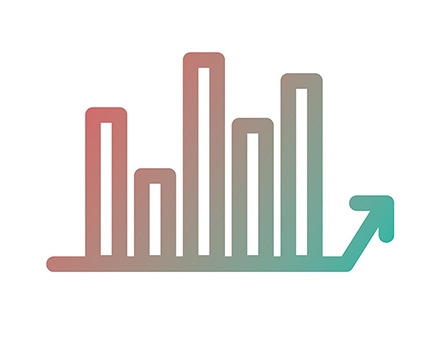SAM Magazine—Stowe, Vt., Aug. 12, 2022—Daily rates at western mountain destinations are hovering at near record highs despite continued declines in occupancy totals for summer 2022, according to the Monthly Market Briefing from DestiMetrics, the Business Intelligence division of Inntopia.
The downward trend in occupancy started as early as last winter, continuing through this current summer. However, lodging properties are maintaining strong revenues thanks to persistently high rates.
While visits during the months of July and August were markedly down, the remaining two months of summer, September and October, are picking up compared to 2019, likely attributed to more appealing rates for the tail end of travel season.
The report aggregates results for lodging at 17 mountain destinations across Colorado, Utah, California, Nevada, Wyoming, Montana, and Idaho through July 31.
A hot July concludes at a simmer
The average daily rate (ADR) for July was up 6.3 percent, despite actual occupancy finishing down 11.4 percent in a YOY comparison to July 2021. This resulted in aggregated revenues being down a slightly lower 5.8 percent. When compared to the uncertain summer of 2020, occupancy this July was still up 29.4 percent, and ADR was up 35.8 percent to deliver revenues at 75.6 percent higher than the pandemic summer.
In comparison to July 2019, a then record-breaking summer prior to the pandemic, occupancy was down 5.6 percent for the month, rates were up 40.6 percent, and lodging properties banked a staggering 32.7 percent increase in revenues.
Comparisons to two summers ago remain skewed, with many travelers putting off their travel plans, citing high travel anxiety during the pandemic. Occupancy for the full summer is up 79.4 percent, ADR is up 26.6 percent, and an impressive gain in revenues of 127.2 percent was reported compared to summer 2020.
Since summer 2019 is more in-line with typical performance, DestiMetrics reported that occupancy is down just 6.3 percent overall, while ADR is up considerably, at 38.1 percent, and revenues are actually up 29.4 percent.
“Although decreasing occupancy is usually a concern, there are several reasons that the situation is working well this summer,” commented Tom Foley, Inntopia’s senior vice president of Business Intelligence. “Many lodging properties are still struggling with adequate staffing issues so having fewer guests while still maintaining impressive bottom-line revenue makes it possible for lodging properties to do a better job servicing their facilities with fewer employees. And, in this tougher economic environment, the lower rates available in September and October are helping to fill those softer months with autumn visitors which allows visitation to spread out more evenly across the summer months.”
Looking forward to winter
On-the-books occupancy as of July 31, 2022 for the coming months of November through January is down 4.9 percent compared to this time last year, with only January showing an uptick at this time and the other two months showing declines.
Despite this decrease, ADR is up (and continues upward) by 8.2 percent compared to last year at this time. Compared to two years ago (the pandemic season of 2020-21), occupancy is up 55 percent and ADR is up considerably, at 41.1 percent. Looking at the pre-pandemic booking period of 2019-20 winter, occupancy is down 2.9 percent with ADR showing strength, up 35.6 percent.
Foley denoted optimism for the coming season, despite scheduling shifts and trending numbers. “Even at this early stage, a significant shift in how school breaks are scheduled this year is having a big impact on December bookings, with a lot of occupancy declines happening from mid-December through New Year’s Day,” he stated. “But December’s decreases are January’s gains, and the first few weeks of 2023 are looking very strong right now and likely to stay that way.”
More near term, Foley sees the summertime situation as a mixed bag. “While summer occupancy is lower than any time since 2014, those extraordinarily high rates are giving travel suppliers struggling with staffing issues a bit of a breather without having much, if any, impact on their bottom line. More affordable fall rates are moving some visitors into those months to help further bolster the shoulder season. However, the future of daily rates in the months ahead is uncertain as economic headwinds continue to blow for many households,” he concluded.




